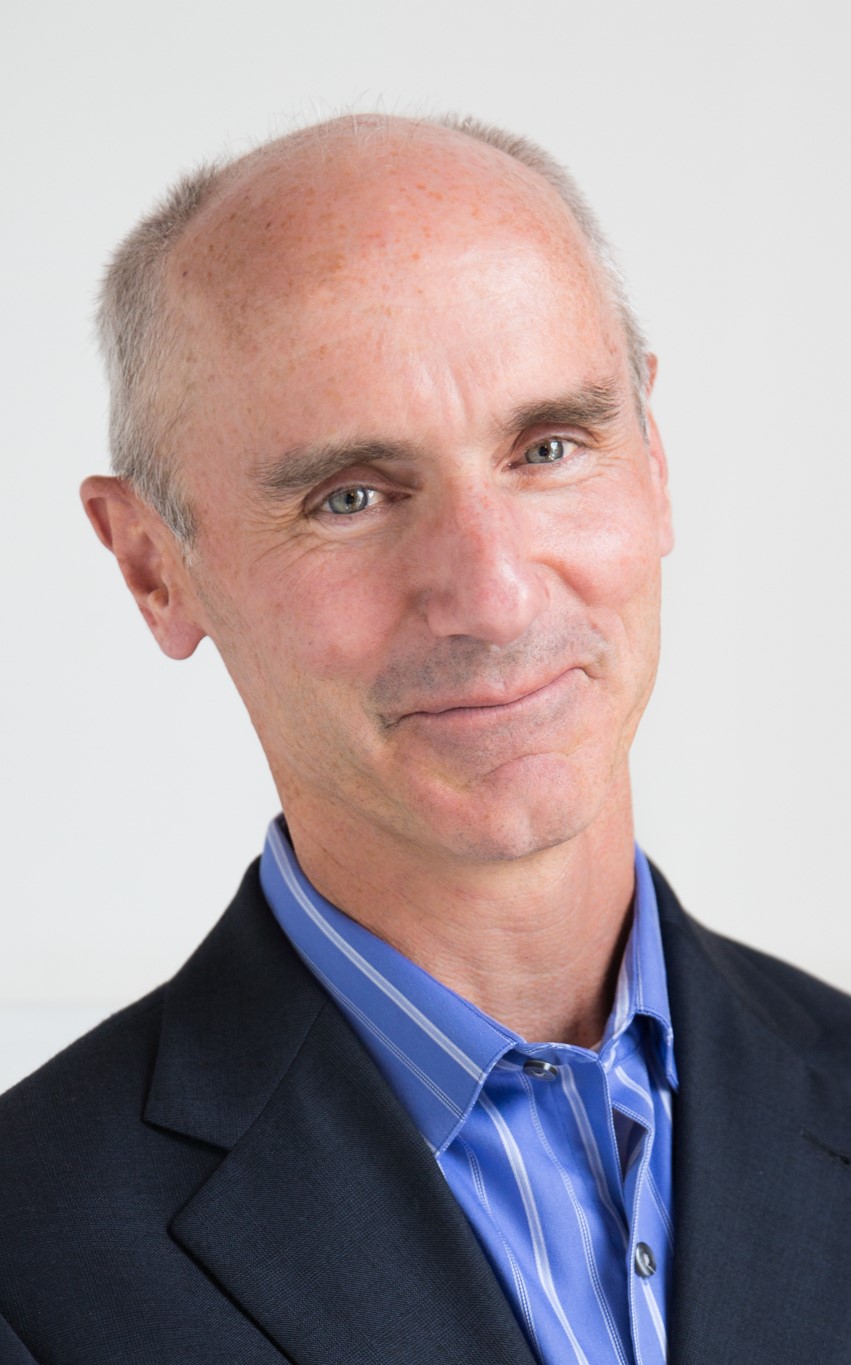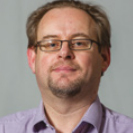Research and Education networks demand performance, sometimes on the edge of what is commercially practical. Yet collaboration with the research networking community has long driven technology from an idea through lab testing to deployments, often first in R&E networks and later in service provider and enterprise networks.
Nokia has long been amidst these technology evolutions, from invention of the laser through today’s coherent optical processors maximizing fiber capacity very close to the Shannon limit. These innovations enable institutions to collaborate freely, supporting massive file transfers, high capacity computing, remote learning and research.
Words: Chris Janson, Product Marketing Manager, Nokia
2020: A year unlike any other
Today, current events are pushing research networks in ways not seen in the past and outside the realm of technical development. For example, the Covid-19 pandemic forced institutions to adopt remote research to an extent not seen in the past while teaching became nearly 100% remote almost overnight. This didn’t just change total capacity needs on the network, it shifted where capacity was needed to reach people working or learning from their homes. It was hyper-flexibility forced by a crisis. Research networks, much like commercial networks largely were up to the task, adapting well to the shifts and keeping the wheels of research and education in motion.
Concurrently, though not a result of crisis, pressure continues to mount on keeping network data secure from theft. The number of data breaches continues to grow at an alarming level. The Breach Level Index (published by Thales) reported that in 2018, there were an average of 214 data breaches every second, every day. Research networks are not immune to this threat and need to ensure data is protected through a set of protections, including physical network layer encryption.
At the same time, all these needs must be met in the face of a hard reality: money is not unlimited. Cost constraints are felt by the institutions responsible for research networks and budgets which were already strained now may be further stressed by budget cuts due to global recession and geo-political factors. Technology maturity and industry standardization can help with this, enabling research networks to remain on the cutting edge without extreme expense.
Solutions
Constructing this hyper-flexible network requires a consumable NREN, meaning a robust optical foundation upon which rides an IP routing structure, supported through OpenFlow™ software that allows institutions to easily configure and use precisely which network resources are needed. This solution includes elements of Nokia’s optical networking portfolio such as super-coherent Photonic Service Engine (PSE) processors and advanced IP routing embodied in our FP4 silicon, controlled through our NSP software. Detail on how these solutions work together can be found in this application note.
These network solutions, including Nokia’s optical transport platform can transform your research network into a consumable resource at reasonable cost. Recently, Nokia was approved under a GÉANT framework agreement to supply these solutions to NREN GÉANT members. This agreement makes it easier for you to approve and procure solutions from Nokia. Learn more through the resources below or
contact us directly.

Chris Janson
Chris Janson is Product Marketing Manager in Nokia’s IP and Optical Network business unit where he follows trends in optical networking technology and its application to finance, healthcare, utilities, manufacturing, government, education and other enterprise network operators. Chris has held product development, management and marketing roles in the communications equipment and semiconductor fields. He has been a speaker at many conferences including Interop, Internet2, and other executive forums. He has also shared his work through many webinars, written publications, on-line videos and articles. Chris holds an MBA from Boston University and Bachelor of Science in engineering from Wentworth Institute of Technology.
Further reading:
NREN Photonic Nation: Nokia’s role in research and education networks
White paper: Nokia PSE V Coherent Solutions Beyond the Limits
GÉANT webinars: Nokia in R&E networks – Nokia optical trials







